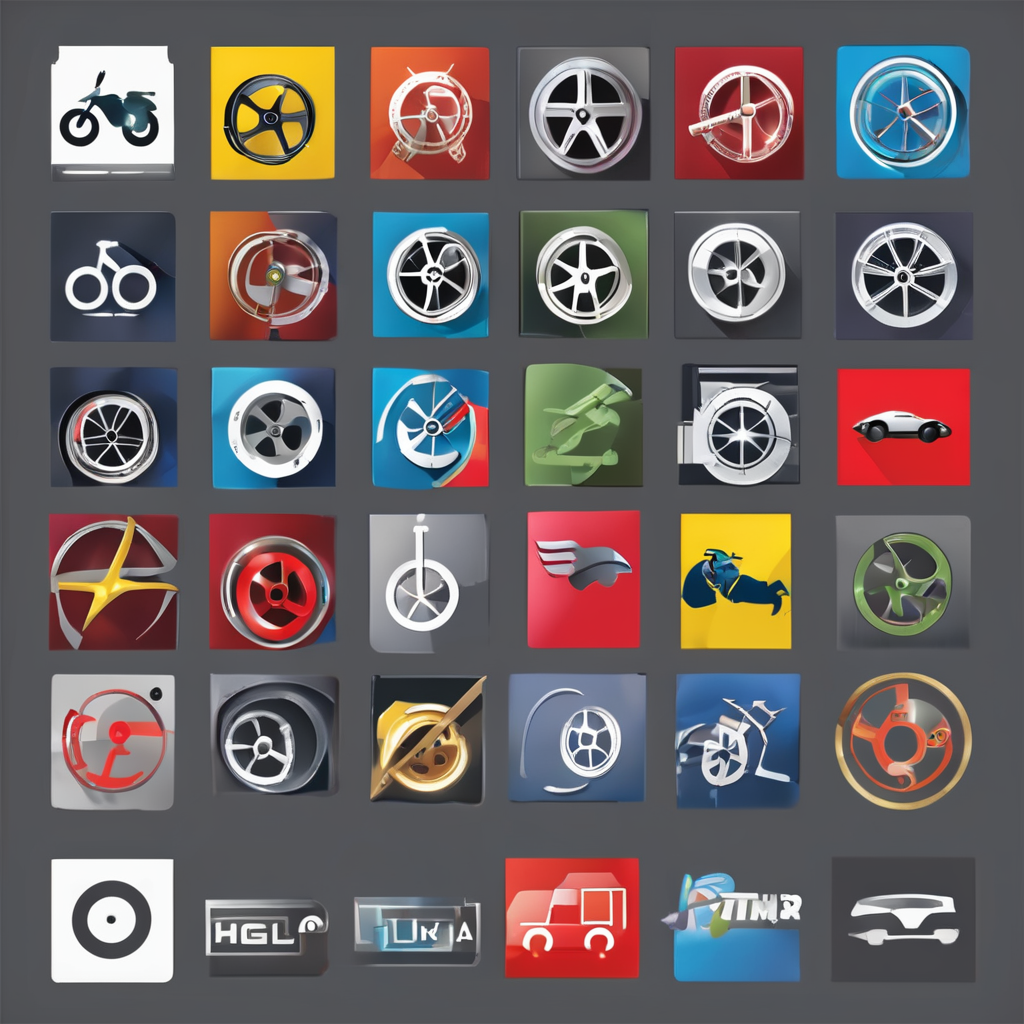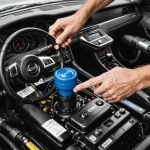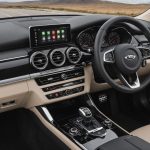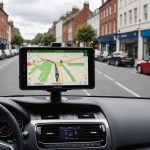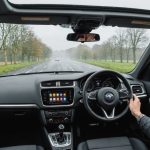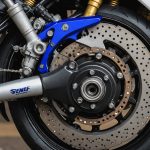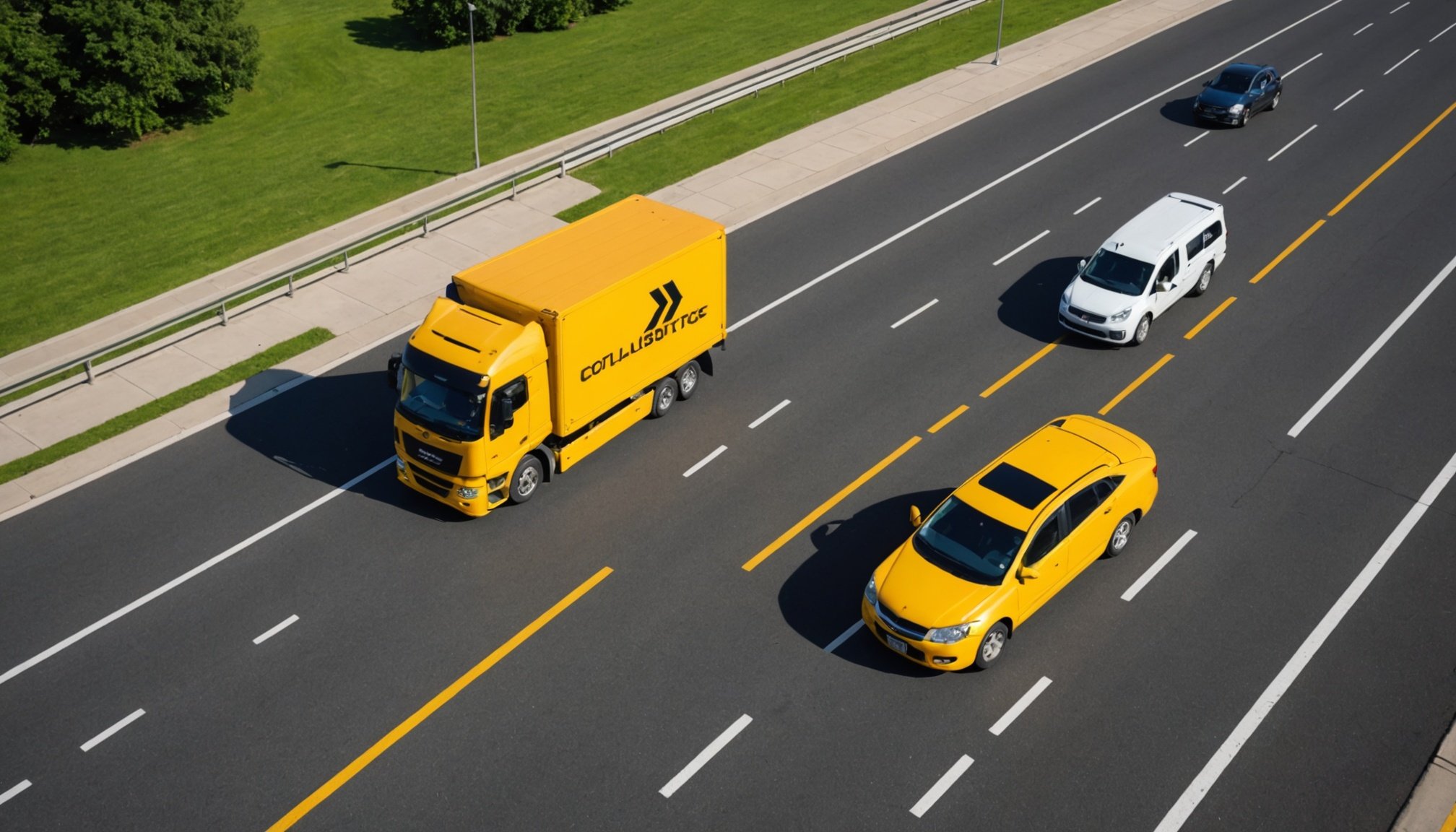Understanding Collision Avoidance Systems
Collision avoidance technologies are integral to vehicle safety systems and autonomous driving features, reducing risks on roads today. These systems have evolved to include various components aimed at enhancing safety. Adaptive cruise control is one such system, adjusting a vehicle’s speed based on the traffic ahead, maintaining safe distances. Another crucial feature is the lane departure warning system, alerting drivers if they unintentionally drift out of their lane without signaling. Additionally, automatic emergency braking acts as a safeguard, detecting imminent collisions and autonomously applying the brakes.
The sophistication of these systems heavily depends on the use of sensors and cameras. These elements work in tandem to detect and analyse potential obstacles or hazards. For example, radar sensors can calculate the speed and distance of other vehicles, while cameras capture real-time imagery for identifying road signs and lane markings. Such a synergy between hardware and software allows these vehicle safety systems to make split-second decisions, dramatically improving road safety. Overall, the effective integration of these features underpins the success of autonomous driving technologies, offering drivers increased protection and peace of mind.
Have you seen this : Maximizing child safety: the essential importance of proper seat positioning in minivans for side impact protection
Importance of Accurate Calibration
Ensuring the calibration of collision avoidance systems is paramount for maintaining safety assurance and optimizing system performance. Proper calibration aligns sensors and cameras, ensuring they accurately detect obstacles and hazards, which is critical for effective operation. A miscalibrated system can misinterpret data, leading to false alarms or failure to identify real threats, undermining safety features.
Real-world incidents demonstrate the dangers of poor calibration. For instance, a vehicle might fail to trigger automatic emergency braking due to sensor misalignment, resulting in a preventable accident. Similarly, adaptive cruise control may not accurately adjust speed, causing unsafe following distances. Such mishaps highlight how essential precise calibration is in preventing road mishaps and protecting passengers.
Furthermore, accurate calibration extends beyond basic functionality, influencing autonomous driving features. A vehicle’s ability to navigate lanes using a lane departure warning system depends on precise calibration to accurately read road markings. Overall, precise calibration ensures these intricate systems work together seamlessly, safeguarding drivers and passengers alike. Undertaking regular calibration checks and adhering to manufacturer guidelines is crucial in maintaining the trustworthiness and dependability of these complex vehicle safety systems. Properly equipped technicians play a vital role in ensuring systems are prepared to maintain safety on the roads.
Strategies for Effective Calibration
Ensuring the precise calibration of collision avoidance systems is paramount. An effective calibration strategy begins with a clear understanding of various calibration techniques. These techniques include systematic alignment procedures for sensors and cameras, using advanced test rigs that mimic real-world conditions.
To achieve accurate precision adjustments, certain tools and technologies are indispensable:
- Calibration rigs and stands: Provide stable platforms for exact sensor positioning and adjustments.
- Diagnostic software: Offers insights into system performance, helping identify misalignments.
- Laser measurement tools: Ensure precise distance and position calibration by emitting calibrated light to detect deviation.
Adhering to best practices throughout the calibration process guarantees efficacy. It is crucial to follow manufacturer-specific guidelines meticulously. Begin with an initial diagnostic check and perform adjustments in a controlled environment to prevent external factors from influencing results.
Once adjustments are made, verifying calibration accuracy is imperative. This can involve double-checking alignment with secondary tests or using diagnostic software outputs for confirmation. By maintaining these rigorous standards, vehicle safety systems can operate with optimal reliability, ensuring that collision avoidance systems function precisely as intended, safeguarding passengers’ wellbeing and enhancing overall road safety.
Challenges in Calibration
Calibrating collision avoidance systems presents inherent challenges that technicians must navigate. These calibration hurdles often stem from the technology limitations present in modern vehicle safety systems. Variability in sensor and camera performance can impede accurate adjustments, necessitating a robust troubleshooting approach to ensure effective calibration.
Environmental factors play a crucial role in calibration accuracy. Changes in lighting, weather conditions, and road surfaces can significantly affect sensor performance. Ensuring a controlled environment during the calibration process minimizes these influences, thus enhancing precision and reliability.
To overcome these challenges, technicians might employ various troubleshooting methods. These include recalibration in a stable setting, periodic system checks, and using advanced diagnostic tools to identify anomalies in sensor data output. Thoroughly understanding these system intricacies aids in mitigating inaccuracies and ensures the systems function optimally.
Furthermore, addressing these issues involves keeping up-to-date with technological advancements and technological training. Engaging with industry workshops and resource materials can provide additional insights and methods to tackle calibration difficulties. By staying informed and proactive, technicians can improve system responsiveness and elevate overall vehicle safety. Employing such solutions ensures collision avoidance systems maintain their intended effectiveness and safeguard passengers efficiently.
Industry Standards and Regulations
In the domain of vehicle safety systems, adhering to calibration standards and automotive regulations is essential for optimal performance and compliance. These industry standards provide a framework ensuring that each vehicle’s collision avoidance systems operate effectively, safeguarding passengers.
To comply with these standards, manufacturers establish detailed guidelines outlining the necessary steps and checks for proper calibration. These include precise specifications for aligning sensors and cameras, which are vital in detecting potential hazards accurately. Following these directives ensures systems perform as intended, avoiding the pitfalls of miscalibration.
Compliance with these regulations is not merely a formality; it impacts legal and safety outcomes. Non-compliance can result in safety recalls, legal consequences, or increased risk of accidents. Regularly updating technicians on these standards is crucial as technology evolves, ensuring that safety features align with current regulations.
Moreover, certification and training requirements play a pivotal role. Technicians must be adequately trained and certified to calibrate and maintain these sophisticated systems. This guarantees their capability to apply best practices effectively. Investing in ongoing education and certifications equips technicians with the latest knowledge and skills necessary to uphold calibration excellence and regulatory adherence.
Additional Resources and Tools
Utilizing the right calibration tools and leveraging resource materials can significantly improve the efficiency and effectiveness of collision avoidance systems in vehicles. Understanding and employing cutting-edge automotive technology is essential for technicians responsible for maintaining these complex systems.
Recommended Tools and Software
- Calibration rigs and stands: These tools are crucial for ensuring stable sensor positioning.
- Laser measurement devices: Essential for fine-tuning the distance and alignment of sensors.
- Diagnostic software: Provides critical data insights, identifying any misalignments or functional issues within the systems.
Educational Resources
For technicians seeking to expand their knowledge, numerous educational materials are available. Online courses and workshops about collision avoidance technologies support ongoing learning, helping technicians remain abreast of current trends in the industry. Additionally, engaging with technical guides, user manuals, and manufacturer standards is recommended to ensure familiarity with specific vehicle systems.
Case Studies
Real-world case studies serve as practical references, showcasing successful calibration practices and the outcomes of effectively maintained systems. They can illustrate problem-solving approaches and the impact of robust calibration on vehicle safety. Such resources provide valuable insights into troubleshooting challenges and emphasize the importance of adherence to industry standards.
